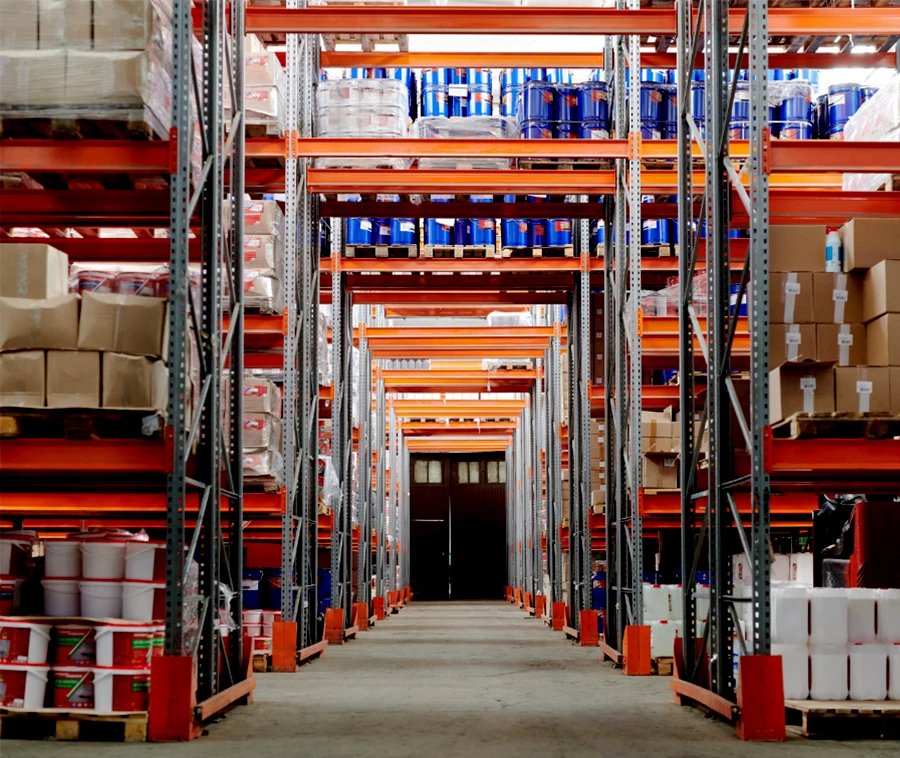
Detector Selection in Warehouses
Fire detection systems in high-bay warehouses face special challenges. In such warehouses, fires spread rapidly and the detection system must be suitable for this rapid spread. However, the variety and quantity of materials stored in high-rack warehouses should also be taken into account because this is one of the factors affecting the selection of fire detectors.
When the advantages and disadvantages of detectors used in fire detection systems are examined, it is seen that some detectors are more effective in high-shelf warehouses. For example, photoelectric detectors tend to work better in smoke-heavy environments, making them preferred in high-bay warehouses. However, temperature detectors can also be used in fire detection systems in high-bay warehouses because fires often become evident with increasing temperature.
However, each detector type has its own advantages and disadvantages, and which detector type to choose is based on the type of material in the warehouse, the warehouse structure and fire risk analysis. Therefore, for fire detection systems to be effective in high-rack warehouses, a careful risk assessment must first be made and then the most appropriate detector type must be selected.
Detector Diversity: There are different types of detectors that can be used in high-rack warehouses: photoelectric detectors, temperature detectors, ionization detectors, carbon monoxide detectors, etc.
Detection Speed: In high-rack warehouses where fires tend to spread quickly, it is important that fire detection systems are fast and sensitive. Some detectors can save time by detecting fire at an early stage and enable quicker intervention in fire extinguishing operations.
Smoke Detection Sensitivity: Photoelectric detectors work more sensitively in environments with dense smoke, which enables early detection of smoke in high-shelf warehouses.
Heat Detection Sensitivity: Temperature detectors detect fire by sensing the increased temperature caused by fire, which allows them to be used effectively in high-rack warehouses.
Coverage Area: The coverage area of fire detection systems is very important in high-rack warehouses. In order to work efficiently, they must be designed to cover a large area.
Integration Ability: The ability of fire detection systems to work integrated with fire extinguishing systems and other security systems provides more effective security in high-shelf warehouses.
Cost Effectiveness: It is important that fire detection systems used in high-rack warehouses are cost effective. Both installation costs and maintenance costs must be considered.
High Accuracy Rate: It is important that fire detection systems have a low probability of giving false alarms. It should be taken into consideration that false alarms in high-shelf warehouses may lead to financial and operational losses.
It should be taken into consideration that false alarms in high-shelf warehouses may lead to financial and operational losses.
As a result, fire detection systems in high-bay warehouses face special challenges and overcoming these challenges requires careful planning and correct detector selection. The advantages and disadvantages of fire detectors should be examined and the detector type suitable for the warehouse structure and fire risk should be selected. In this way, the effectiveness of the fire detection system in high-shelf warehouses can be increased and fire safety can be ensured.


